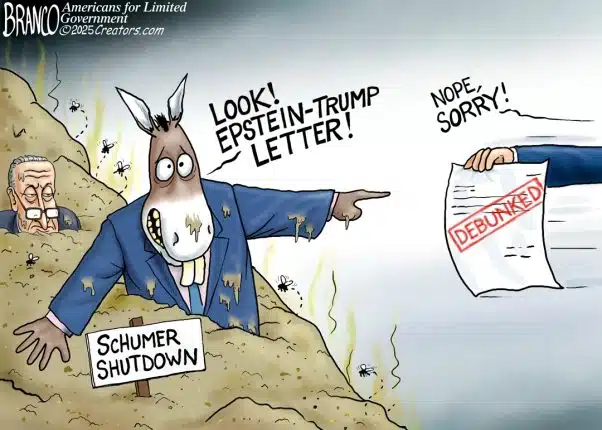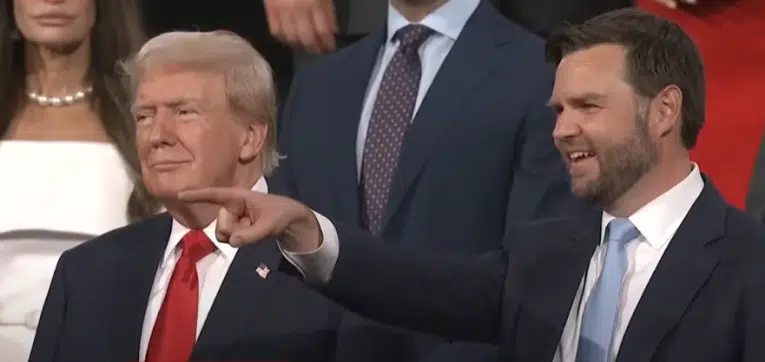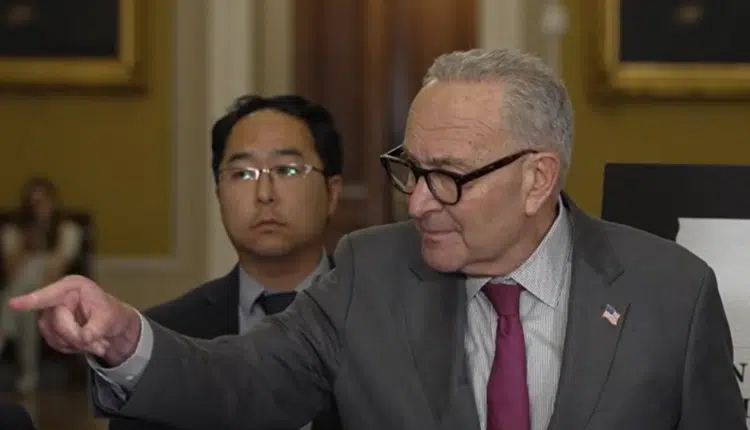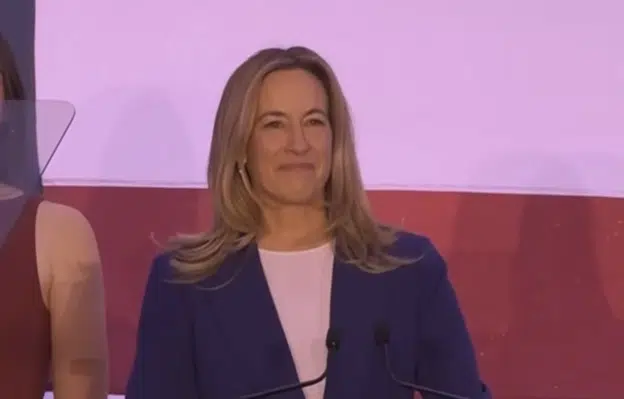By Bill Wilson –

Despite the continuing fiscal meltdown facing the federal, state, and local governments, occurring in tandem with the sovereign debt crisis globally, Paul Krugman still appears to have the ear of appropriators. In his Monday column, “Now and Later,” he writes, “Spend now, while the economy remains depressed” promising illusory savings “later, once it has recovered.”
Contrast that with former Federal Reserve Chairman Alan Greenspan’s dire warning last week that “[t]he federal government is currently saddled with commitments for the next three decades that it will be unable to meet in real terms.” Greenspan says that current budgeting realities are being distorted by accommodative, current low interest rates and low inflation that he calls “regrettable, because it is fostering a sense of complacency that can have dire consequences.”
Greenspan is right; politicians are complacent. Consider, for example, legislation proposed last week by Senators Sherrod Brown, Al Franken and Mark Begich (S. 3500) that would spend $100 billion to bail out broken state and local government budgets, including $23 billion for education spending for the states, and $75 billion for city, town and county budgets.
Add to that the $6.5 billion “doc fix” that passed the Senate last week, the proposed $24 billion ObamaCare Medicaid expansion, and another $60 billion in a proposed unemployment welfare extension, and the Congress is currently considering a combined $190.5 billion in new “stimulus” deficit-spending.
If Congress were to get all that it wants, along with statist interest groups like the National League of Cities, which backs the $75 billion municipal employee bailout, Krugman promises that the “stimulus” will be converted into recovery, and then back into revenue, offsetting the costs.
Writing off the worsening debt outlook as a “long-run budget problem” Krugman ignores any immediate need for budget cuts. Those, he writes, can occur “only when the Federal Reserve has regained some traction over the economy, so that it can offset the negative effects of tax increases and spending cuts by reducing interest rates.” When will that be? Not any time soon. Krugman notes that the Fed already has near-zero percent interest rates “and can’t go any lower.”
Greenspan on the other side of the argument warns that interest rates could jump in the near future, noting that already “investors were requiring the U.S. Treasury to pay an interest rate higher than rates that prevailed on comparable maturity private swaps”. In other words, rampant deficit-spending is now putting upwards pressure on market interest rates that the Fed cannot control, and which in turn will cause the costs of servicing the debt to soar.
As Greenspan notes, “If Treasury net debt issuance were to double overnight… the Treasury would have to pay much higher interest rates to market its newly issued securities.” And since the Office of Management and Budget foresees $10.6 trillion in new debt by 2020, interest rates can only be expected to climb over the next ten years.
So Krugman is wrong. His prescription for the proper time to slash spending is nowhere in sight, and sitting around waiting for it will only lead to a sovereign debt crisis of Greek proportions. The Fed cannot sit on near-zero percent Federal Funds Rate forever, and there is no guarantee that real, long-term interest rates will not jump upward before the Fed begins tightening its overnight lending rate.
Either way, once those real, long-term rates jump upward, the central bank will not be able to beat them back down arbitrarily as Krugman suggests.
Then, the immediate crisis will be reducing debt, not stimulating growth. Except it will be a race against time. Can the U.S. cut spending before its credit rating is downgraded, as Moody’s warns? Will the Fed be forced to print money to purchase treasuries to prevent a default?
Nobody pretends that reducing debt now will not be painful in the short term, but it may be the only way to provide the foundation for longer term economic prosperity free of the expanding costs of unbridled public employment, health care, and welfare spending.
Greenspan points to another path, a less traveled road. He writes, “I believe the fears of budget contraction inducing a renewed decline of economic activity are misplaced… If we contained the amount of issuance of Treasury securities, pressures on private capital markets would be eased.” And that could help sow the seeds for a lasting recovery.
But, Greenspan warns that “[i]ncremental change will not be adequate.” So, time is running out. We cannot have our cake and eat it, too, as Krugman suggests, with spending now and saving later. Spending needs to be cut now.
It’s not “Now and Later.” Fiscal authorities are running out of time to cut spending on their own terms. It’s now or never.
Bill Wilson is the President of Americans for Limited Government.






